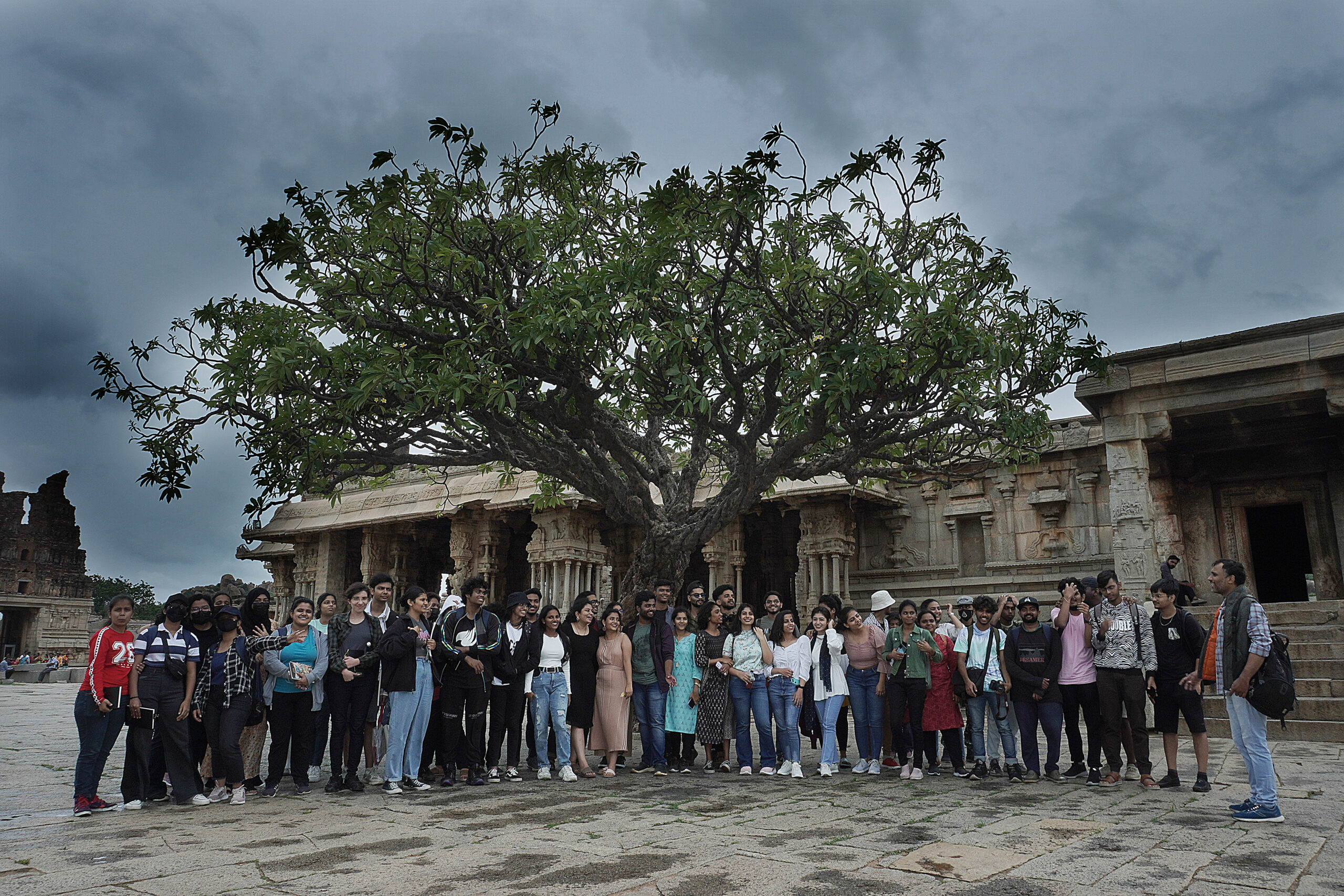
Education trips that form a part of the LISAA’s curriculum are very valuable as they provide the students the opportunity of learning through travel, especially to places that they may not otherwise get to visit. Apart from this, the trips also provide relief from the drudgery that academic study sometimes becomes, an opportunity for close interaction with peers that students enjoy so much, and a chance for the teachers to observe and interact with the student in a structure different from and more informal than the classroom. LISAA School of Design and CREO Valley also celebrates the annual sports day – “Integration Cup”.
More importantly, these trips emphasize the attentive mind, enabling a sense of discovery and quality of quietness. And this emphasis need not come in the way of such trips being ‘fun’, as they are meant to be.
Our education trips are conducted on an annual basis and detailed plans along with academic goals are put together by the Academic Team to ensure learning goals are met. Modules are designed for observation and study of different aspects.
The primary objective and intent of our academic idea are to awaken intelligence in the educator and the student. This has to be kept at the forefront of all activities in the school — academic or trips otherwise — both at the time of design and at the time of implementation of such activities.
One of the important factors required to awaken intelligence is an attentive state of mind. We are aware that this attentive state of mind cannot be forced, ordered, or planned. It can come into being under certain conditions—when fear is absent when there is the joy of discovery when the mind has a quality of quietness and is not preoccupied with achieving an objective or end.
A very important part of the trip is to record certain aspects. Every participant should keep a daily record of his/her observations. These could include answers to questions raised by the teacher leading the group, responses to tasks set, or individual experiences and insights. Apart from the written and narrative record, sketches must be included as a visual record.
For instance, students could be asked to:
- Sketch a part of a building that has a typical characteristic.
- Sketch a view of the rolling fields of the delta showing the intensity of cultivation, canals bringing water, and other features.
Sketching is an activity central to our Design objectives. It develops aspects of the brain that tend to be relegated to the background in an educational system that is intellect-oriented and memory intensive. Visual articulation demands a deeper engagement with the subject and a new level of understanding is enabled in the student.
Sketching as activity slows down the process of thinking, making the eye follow the flow of pencil over the paper while coordinating with close observation of forms, outlines, and textures of the subject being sketched. During these sessions, both prior to and on the trip, it is possible to demand complete attention to the task, seating the students separately so that the compulsive talking that they are habituated to is avoided.
Each student is allotted a topic for an individual investigation that originates from actual observations. The investigation should require the student to cross subject boundaries and not remain restricted within the confines of a particular subject. This enables the student to see more links with his or her topic and appreciate that most real-life issues need to be approached in a multi-disciplinary way. The investigation should also trace the threads of the topic to the situation in the world today, and how it affects or applies to every human being.
Finally, after returning from the trip, the group should make a presentation, bringing out the highlights, the observations, the investigations, and the questions raised and discussed. This presentation can be made attractive with visuals, sketches, and charts prepared by the students. We believe that work-reducing technological substitutes such as photographs and video recordings should be avoided. The act of sharing the multilayered, rich experiences of an educational trip would bring together its various strands and allow a certain consolidation of the collective learning that has taken place. The individual experiences of the participants we hope will, however, live on in their minds, and help them to appreciate more deeply the nature of looking, thinking, and learning. In doing this they may come upon something of the quality of intelligence.
Here find some images from prior Education Trips: